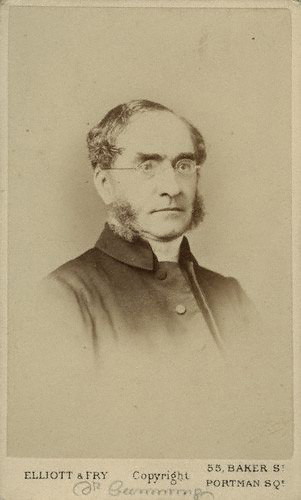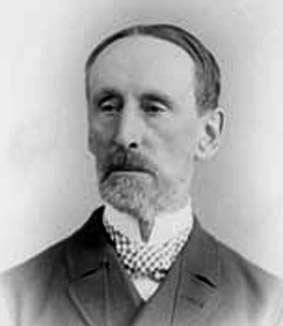| Timeline of the Royal Institute of Public Health and Hygiene [4] |
|---|
| Year | event |
|---|
| 1886 | Formation of the Society of Medical Men Qualified in Sanitary Science, name quickly changed to The Public Health Medical Society |
| 1891 | International Congress on Hygiene in London |
| 1892 | Society Incorporated as British Institute of Public Health |
| 1895 | Harben Gold Medal and lectureship inaugurated |
| 1897 | Queen Victoria becomes patron and issues letters patent. Name changed to Royal Institute of Public Health |
| 1901 | King Edward VII becomes patron |
| 1903 | Institute of Hygiene Limited registered as a company "for the advancement of knowledge of hygiene (especially personal and domestic) and for establishing a museum of hygiene to exhibit articles of merit" |
| 1904 | Report of RIPH Committee on Bacterial Examination of Water |
| 1905 | RIPH laboratories open for chemical, bacterial, and pathological specimens |
| 1907 | Midlands Counties Branch becomes the first IH provincial branch |
| 1908 | Further provincial IH branches approved |
| 1909 | IH makes public appeal to help finance rapid development |
| 1910 | King George V becomes RIPH patron |
| 1912 | RIPH launch appeal for £3000 for building work. W. H. Lever donates £600 for the foundation of a museum |
| 1913 | RIPH Lever Museum inaugurated |
| 1914 | Queen visits RIPH |
| 1915 | IH involved in the design of respirators for use of public in the event of a gas attack |
| 1916 | Secretary of RIPH and four doctors are killed in action |
| 1917 | IH offer their services to new Ministry of Food (offer rejected) |
| 1918 | January–February IH Food Saving exhibition |
| 1920 | IH replaces monthly Periodical Letter to Members with Health Notes |
| 1923 | IH Membership Badge instituted |
| 1924 | IH Journal replaces Health Notes |
| 1925 | IH new headquarters at 28 Portland Place opened by Princess Mary on 5 June |
| 1926 | Leicester Personal Health Association becomes affiliated with IH |
| 1927 | Department of State Medicine of RIPH set up to train London medical students in forensic medicine and toxicology |
| 1928 | IH becomes an associate member of the Central Council for Health Education |
| 1929 | IH granted Royal Charter of Incorporation |
| 1930 | RIPH public lectures on birth control |
| 1931 | RIPH public lectures on Health of the Citizen |
| 1932 | RIPH begin negotiations with Royal Sanitary Institute, and later the Institute of Hygiene and the British Social Hygiene Council, for amalgamation |
| 1933 | Opening of 23 Queen Square as new RIPH headquarters |
| 1934 | RIPH negotiations with Royal Sanitary Institute terminated |
| 1935 | Negotiations between RIPH and IH reopened. Draft agreement for amalgamation reached |
| 1937 | IH supplemental charter granted by Privy Council |
| 1938 | Journals combined |
| 1940 | Exhibition and lectures on Food and Fitness |
| 1947 | First Bengue Memorial Award lecture |
| 1948 | RIPHH publishes History of State medicine in England by Sir A. Macnalty |
| 1949 | Provincial health lectures start at Leicester |
| 1951 | Queen Elizabeth II becomes patron |
| 1954 | Abortive discussions on amalgamation with Royal Sanitary Institute |
| 1958 | Courses on Food Hygiene and the Handling of Food introduced |
| 1962 | Closure of Hygiene Museum |
| 1977 | Closure of laboratories |








